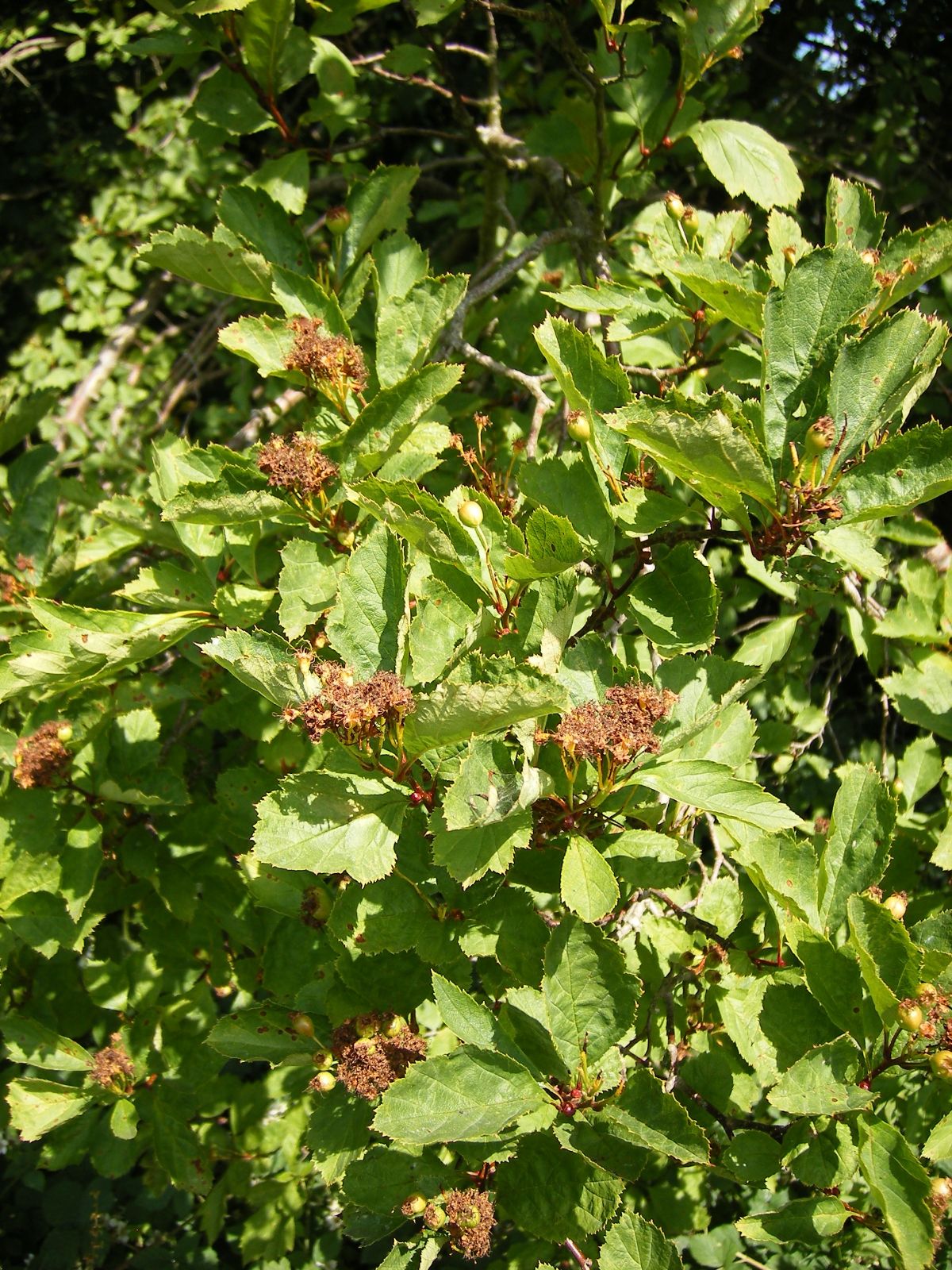Crataegus henryi
Sponsor
Kindly sponsored by
This genus has been sponsored and new text is being prepared.
Credits
Article from Bean's Trees and Shrubs Hardy in the British Isles
Recommended citation
'Crataegus henryi' from the website Trees and Shrubs Online (treesandshrubsonline.
Genus
Other taxa in genus
- Crataegus ambigua
- Crataegus apiifolia
- Crataegus aprica
- Crataegus azarolus
- Crataegus baroussana
- Crataegus brachyacantha
- Crataegus chlorosarca
- Crataegus chrysocarpa
- Crataegus chungtienensis
- Crataegus coccinioides
- Crataegus crus-galli
- Crataegus cuneata
- Crataegus × dippeliana
- Crataegus douglasii
- Crataegus dsungarica
- Crataegus durobrivensis
- Crataegus flabellata
- Crataegus flava
- Crataegus heterophylla
- Crataegus intricata
- Crataegus jozana
- Crataegus laevigata
- Crataegus × lavallei
- Crataegus macracantha
- Crataegus marshallii
- Crataegus mexicana
- Crataegus meyeri
- Crataegus mollis
- Crataegus monogyna
- Crataegus nigra
- Crataegus oliveriana
- Crataegus orientalis
- Crataegus oxyacantha
- Crataegus pedicellata
- Crataegus pentagyna
- Crataegus phaenopyrum
- Crataegus pinnatifida
- Crataegus pruinosa
- Crataegus prunifolia
- Crataegus pseudoheterophylla
- Crataegus punctata
- Crataegus sanguinea
- Crataegus spathulata
- Crataegus stipulacea
- Crataegus succulenta
- Crataegus tanacetifolia
- Crataegus tomentosa
- Crataegus uniflora
- Crataegus viridis
- Crataegus wattiana
- Crataegus wilsonii
A deciduous tree ultimately from 20 to 30 ft high, or often a shrub, quite without thorns; stipules semicordate, toothed, about 1⁄2 in. long. Leaves ovate-lanceolate or narrowly elliptical, unlobed and finely toothed on the flowering shoots, but occasionally three-lobed and more coarsely doubly-toothed on the barren ones; dark glossy green and (at first) furnished with short appressed hairs above, downy along the midrib and chief veins to nearly glabrous beneath; 11⁄2 to 3 in. long by 5⁄8 to 11⁄2 in. wide on the flowering shoots, 1 in. larger each way on the barren ones; stalk slender, 1⁄4 to 1 in. long. Flowers creamy white, crowded in corymbs about 2 in. wide; stamens twenty; each flower 1⁄2 in. wide; flower-stalks glabrous. Fruit globose, dull red, 3⁄4 in. wide, with five nutlets.
Native of Yunnan, China; discovered by Henry; introduced in 1909. A species distinct in its unarmed branches, narrow and ordinarily unlobed leaves, and five-stoned fruits. It is hardy at Kew and bears fruit there. Forrest collected it in Yunnan several times.

